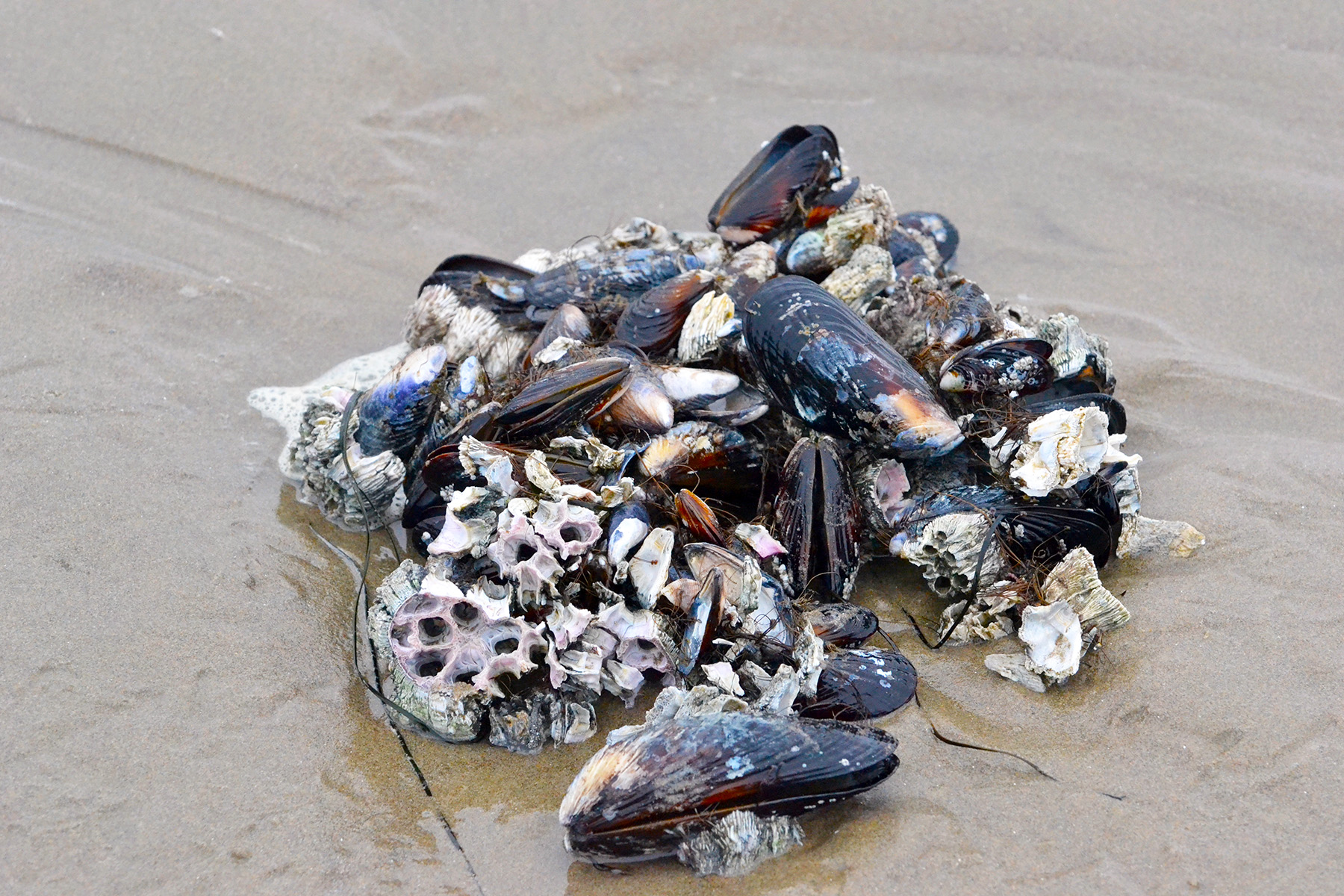I overheard that someone whose name shall no longer be mentioned, asked for 2 billion dollars to establish his presidential library. Hah!

That made me think of libraries in general, how I miss to be able to browse them in person. Nowhere in all of Portland was I so regularly surrounded by a truly multi-cultural environment. My neighborhood library had lots of patrons from the nearby mosque and synagogue, has a great section of Spanish language books for the Latino community and the friendliest help ever to guide novices with computer use, frequented by visibly old(er) people, young job seekers and language learners alike. Lots of languages could be heard from mothers shushing to their children during story time.

It is also amazing how much access libraries provide to things you did not even know existed. I recently learned of the Smithsonian Libraries Website, for example. They have, among other offers, a Digital Collections link where you can access over 35,000 digitized books and manuscripts (available in either our Digital Library or as part of the Biodiversity Heritage Library) as well as digitized photo collections, ephemera, and seed catalogs. If you open this link you get an idea of the mind-boggling breadth of the collections. The Image galleries alone are worth a visit.

I mean, how can you not get sucked into topics like the Historical Trade Literature for Sewing Machines that opens with the advertisement below from the Standard Sewing Machine Company in Cleveland, Ohio?

What brought me, specifically, to the Biodiversity Heritage Library was the incomparable Maria Popova introducing an interesting naturalist in one of her latest blogs. George Perry, together with his engraver John Clarke, published Conchology, or, The natural history of shells at the beginning of the 19th century. If you click the picture at the very end of the blog, you get to marvel at the beauty and detailedness of their work. (Somehow when you open that website it does not allow you to get back to my writing. That’s why I put it at the end.)


The drawings are testimony to a man’s passion for exploring invertebrates and leaving us with a record of nature as it once existed. Paving the way for Darwin, some decades later.
Not much is known about Perry, other than that he lived in or near London, England, and had two exquisite books to his name, the one introduced here and anther one, Arcana – or the museum of natural history,(1810) which included animals of many species.

Conchology (1811) shows only shells, printed by an expensive hand-colored aquatint process, with little text other than an index and an introduction. Perry was a remarkable artist, but not all drawings in the folio are by him, and some which he drew were copied (with acknowledgment) by him from other artists. He sourced his shells in various collections, from 29 private collectors and museums, as well as his own.


The folio was neglected, maligned, ridiculed, partly by professional jealousy, partly because some of the engraver had added fantasy elements of detail and color, partly because people hated the way he named the specimens. There were established, competing camps of naturalists who despised each other and it seems Perry had the bad luck to not fully belonging to either as well as being held responsible of what his engraver had thought to add. (Ref.)

I can’t judge the scientific quality of the work, obviously. I can just revel in the beauty. Brought straight to you by the efforts of a library to implement its mission, and draw from its immense holdings and archives.

Now what was that about a presidential library?
Photographs today are not from collections and museums, but straight from the beaches at Astoria, Manzanita and Newport, OR.

Music brings us to the ocean.
Click on this picture to see the seashell collection.






